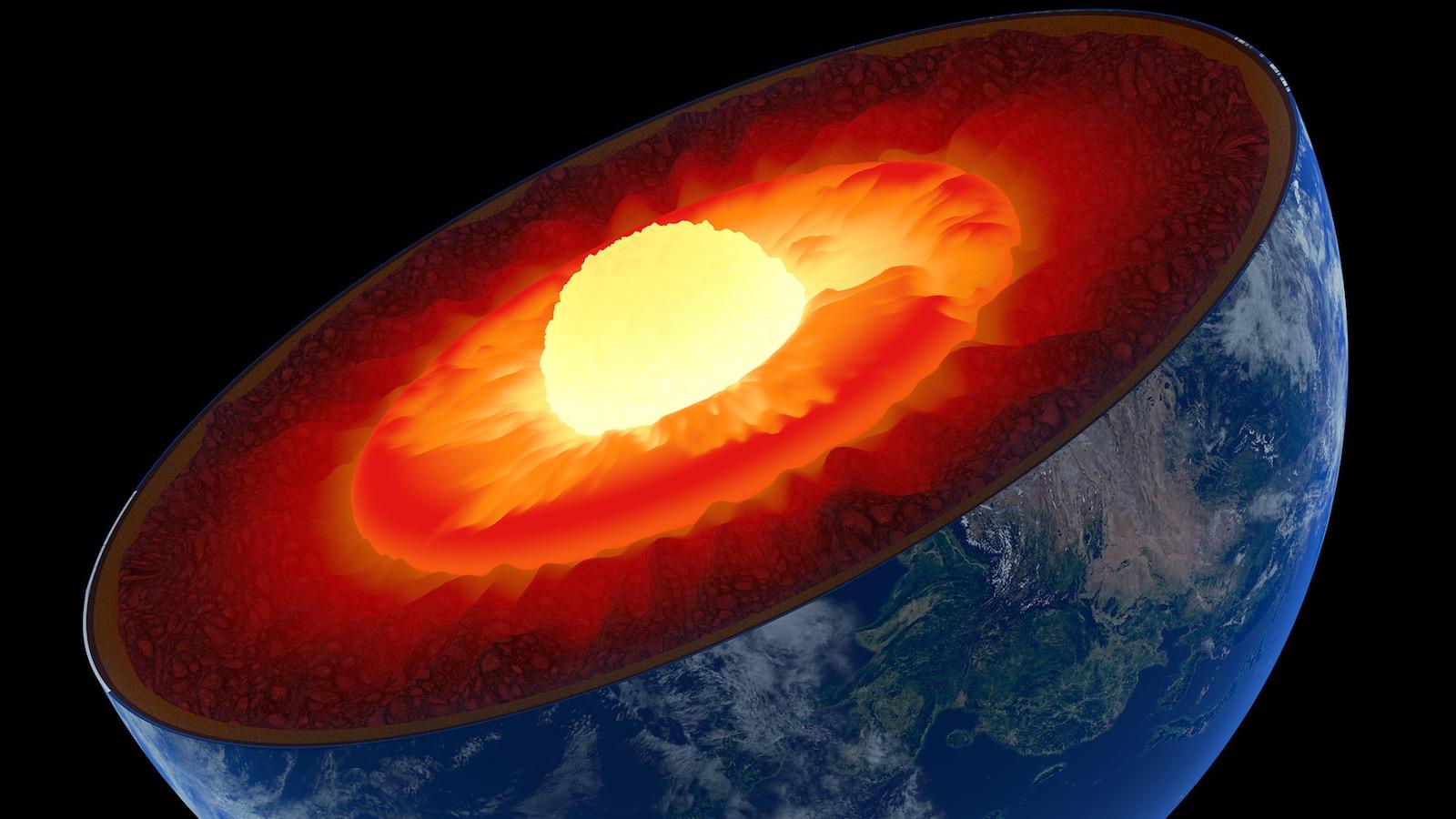🌍 Discovery: objects move and align in the depths of the Earth
Follow us on Google News (click on ☆)
This discovery, published in Communications Earth & Environment, sheds new light on the mystery of the D'' layer, a zone located at the boundary between the mantle and the Earth's core. For decades, scientists have noted that seismic waves accelerate there inexplicably, until this study provided a convincing explanation.
Professor Motohiko Murakami and his team at ETH Zurich conducted laboratory experiments to simulate the extreme conditions of the D'' layer. They observed how post-perovskite crystals align under the effects of pressure and temperature, explaining the acceleration of seismic waves.
This breakthrough not only solves a geological mystery but also confirms the existence of convection currents in the Earth's mantle, where objects move slowly. This phenomenon could influence the movement of tectonic plates and even the Earth's magnetic field.
The implications of this discovery are vast. By better understanding the Earth's internal dynamics, scientists can improve their models for predicting earthquakes and volcanic eruptions. A new era is dawning for geophysics.
Murakami's study marks a turning point in our understanding of the Earth. It proves that our planet is constantly evolving, not only on the surface but also in its most inaccessible depths. This discovery paves the way for new research into the Earth's internal mechanisms.
How do post-perovskite crystals influence seismic waves?
Post-perovskite crystals, formed under extreme pressures and temperatures, have a unique structure that affects the propagation of seismic waves. When these crystals align in a specific direction, they create anisotropy in the material, meaning seismic waves travel faster in certain directions than in others.
This alignment results from the deformation of rocks due to convection currents in the Earth's mantle. These currents, similar to those observed in boiling water but occurring over geological timescales, push the crystals to orient in the same direction.
The discovery of this effect helps scientists better understand why seismic waves accelerate when passing through the D'' layer. It also provides valuable clues about the dynamic processes at work in the Earth's depths.
